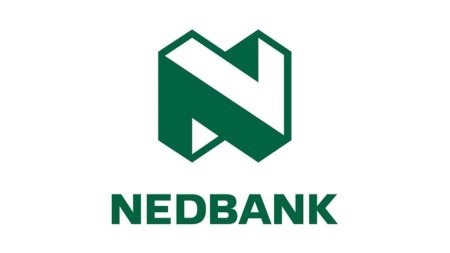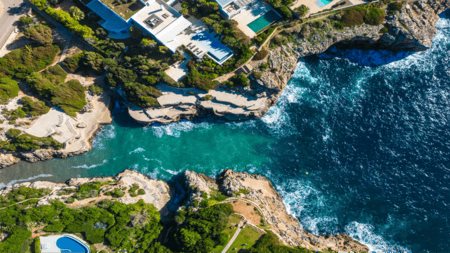Johannesburg owes its very existence to the discovery of gold. In the relatively short period from the discovery of this precious metal in 1886, vast tracts of the Witwatersrand have been mined, bringing great wealth to its citizens. Unfortunately, the full price of these activities are only now becoming manifest.
Over the years, as mines were exhausted of their mineral wealth, they were shut down. Following their closure water started seeping in which made contact with exposed sulphide minerals. Sulphide minerals oxidise in the presence of water and oxygen. This caused the water to become acidic which in turn dissolves other toxic metals. Depending on the area and nature of the mining conducted, this water can also contain radioactive particles.
This toxic water is referred to as acid mine water or AMW and it this which is now seeping to Johannesburg’s surface. AMW falls under the category of an environmental catastrophe. Financial loss, property damage, injury and disease are but a few of the risks which also stem from AMW.
In some areas AMW has already flowed into Johannesburg’s streams, dams and groundwater. AMW has already destroyed life at the Robinson Lake near Randfontein and the Tweelopiespruit which forms part of the Crocodile River System and Limpopo River catchment area. The Blesbokspruit and Marievale Bird Sanctuary have also been contaminated with AMW.
According to a report commissioned by the Inter-Ministerial Committee on Acid Mine Drainage in 2010, mining companies and government have until June 2012 to control acid mine drainage before the toxic water under central Johannesburg begins to flood the tourist mine in Gold Reef City.
If action is not taken on the East Rand, estimates suggest that acid mine drainage will flow onto the surface of the ground near the Nigel central business district within three to five years, if not sooner. Needless to say the ramifications for this area’s property market are serious should this come to pass.
The situation is also critical at Johannesburg’s western and central basins. Minister of Environmental and Water Affairs Edna Molewa recently indicated that a possible immediate solution for the western basin involved the upgrade of an existing mine-water treatment facility. The construction, or upgrade, of any treatment plants will employ neutralisation processes that reduce acidity and remove heavy metals. “This upgrade will make it possible to treat 27 to 32 million litres of mine water per day,” she said. She added that the procurement process for the upgrade was already underway.
Besides this urgent intervention, a short-term solution had also been formulated for the basin, which would be operated in parallel to the emergency solution to ensure the treatment of all mine water decanting in the western basin. This remedy should be in place by August 2012. As for the central basin, an intervention in the form of pumps has been proposed, also for implementation by August next year. This aims to prevent the underground mine water level from reaching the environmental critical level (ECL) of 186 m below the surface. A similar solution, which would be implemented by February 2013, would be pursued on the eastern basin, where an ECL of 290 m below surface has been established.
As for who is going to foot the bill for this scenario, it would appear that government will be picking up the immediate tab even though the mines have been accused of inadequate disclosure, failure of treatment compliance and strategies for mitigating the damage arising from AMW.
The fact of the matter is that many of the companies and people responsible for the current state of affairs have long since disappeared and attempting to obtain redress from any alleged historic wrongdoing in this respect would prove largely futile. Discussions between government and the various mining entities regarding the situation and costs are on-going.
No budget has been outlined for the proposed basin projects, but National Treasury has already set aside R225 million to deal with the problem. The sufficiency of these funds has come into question though. The Trans-Caledon Tunnel Authority, which has been mandated to intervene to avert a crisis, has indicated that up to R924 million might be required to deal comprehensively with the threat.



